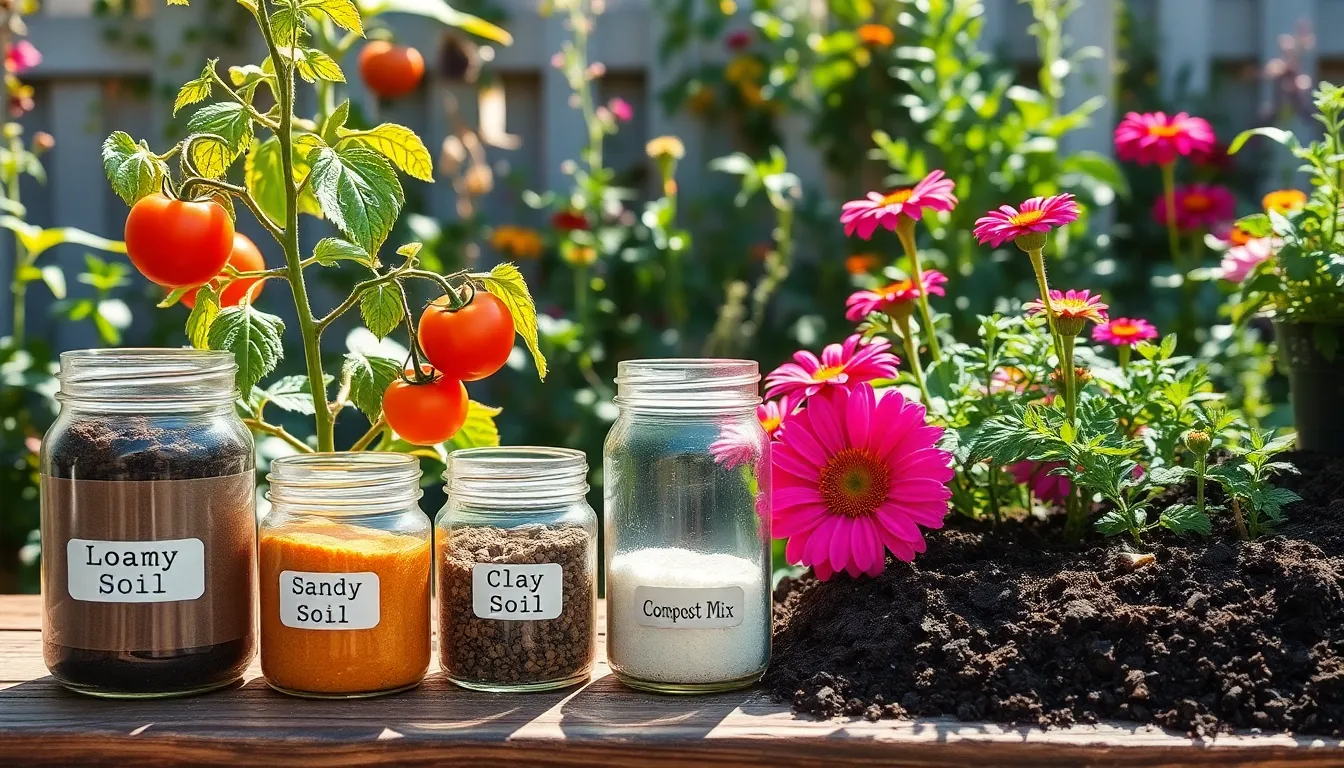Welcome to the lush world of gardening, where the choice of soil can transform a humble patch of earth into a thriving oasis of green. Whether you’re just starting your gardening journey or you’ve been nurturing plants for years, understanding how to choose the right garden soil is crucial to your success and the health of your beloved plants.
In this guide, we’ll explore the essential tips for selecting the perfect soil that will enrich your garden and elevate your gardening experience. With practical advice tailored for both beginners and seasoned gardeners, you’ll soon discover the joy and rewards of watching your plants flourish in a well-nourished environment.
Dive into this treasure trove of knowledge, and feel confident that you can master the art of soil selection, ensuring a bountiful and vibrant garden. As you embrace these techniques, you’ll not only enhance the beauty of your green space but also experience the deep satisfaction that comes with successful gardening.
Test Soil pH Before Buying
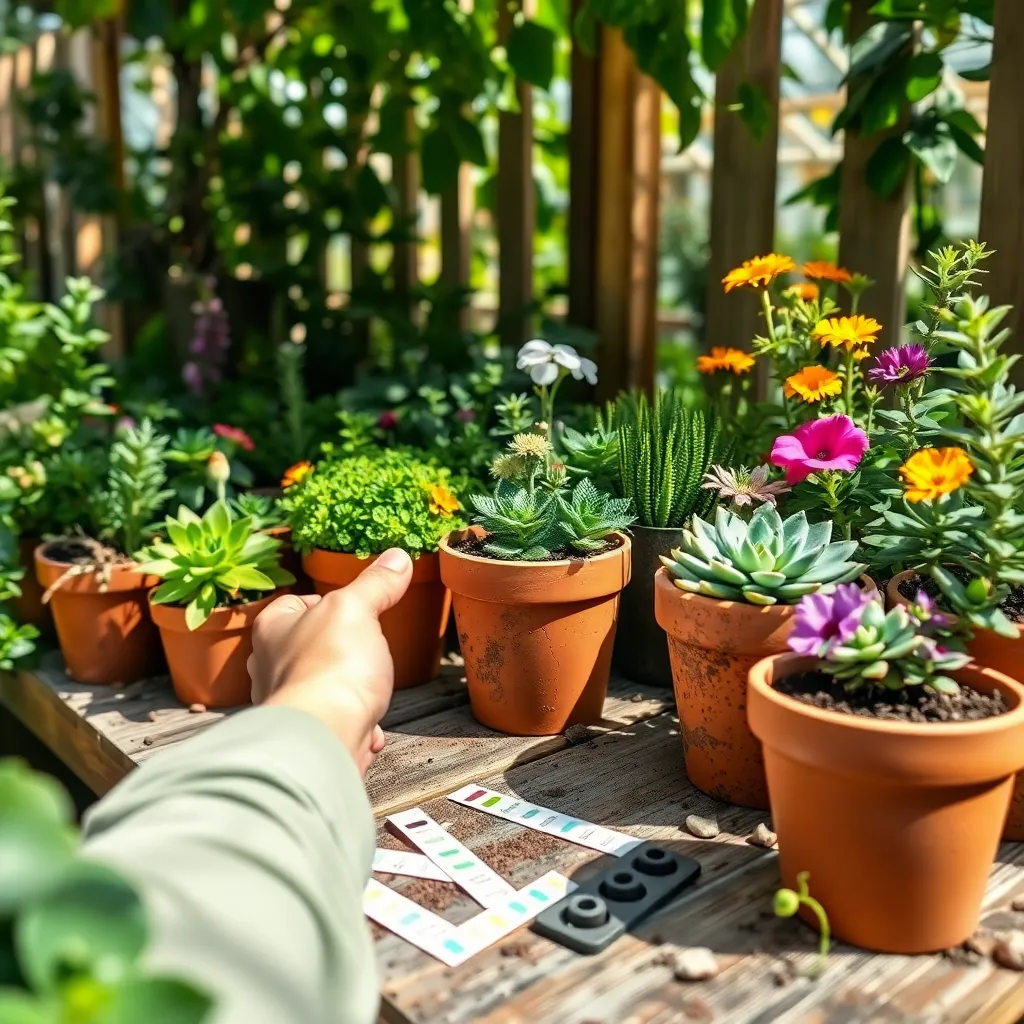
Testing your soil’s pH before buying new garden soil can make a significant difference in plant health. A simple soil test kit, available at most garden centers, will empower you to choose the right soil amendments.
Understanding your current soil’s pH will help you select the best soil type for your garden. Most plants thrive in a soil pH range of 6.0 to 7.5, but certain plants, like blueberries, prefer more acidic conditions.
For those who plan to grow a variety of plants, knowing the pH can allow for more strategic placement of different plant types. If your test reveals a high pH, consider incorporating organic matter such as peat moss to lower it, enhancing the soil’s suitability for acid-loving plants.
Remember, soil pH affects nutrient availability, which directly impacts plant growth and health. Regularly testing and adjusting your soil pH ensures that your plants receive the optimal nutrients they need for robust growth.
Choose Soil Based on Plants
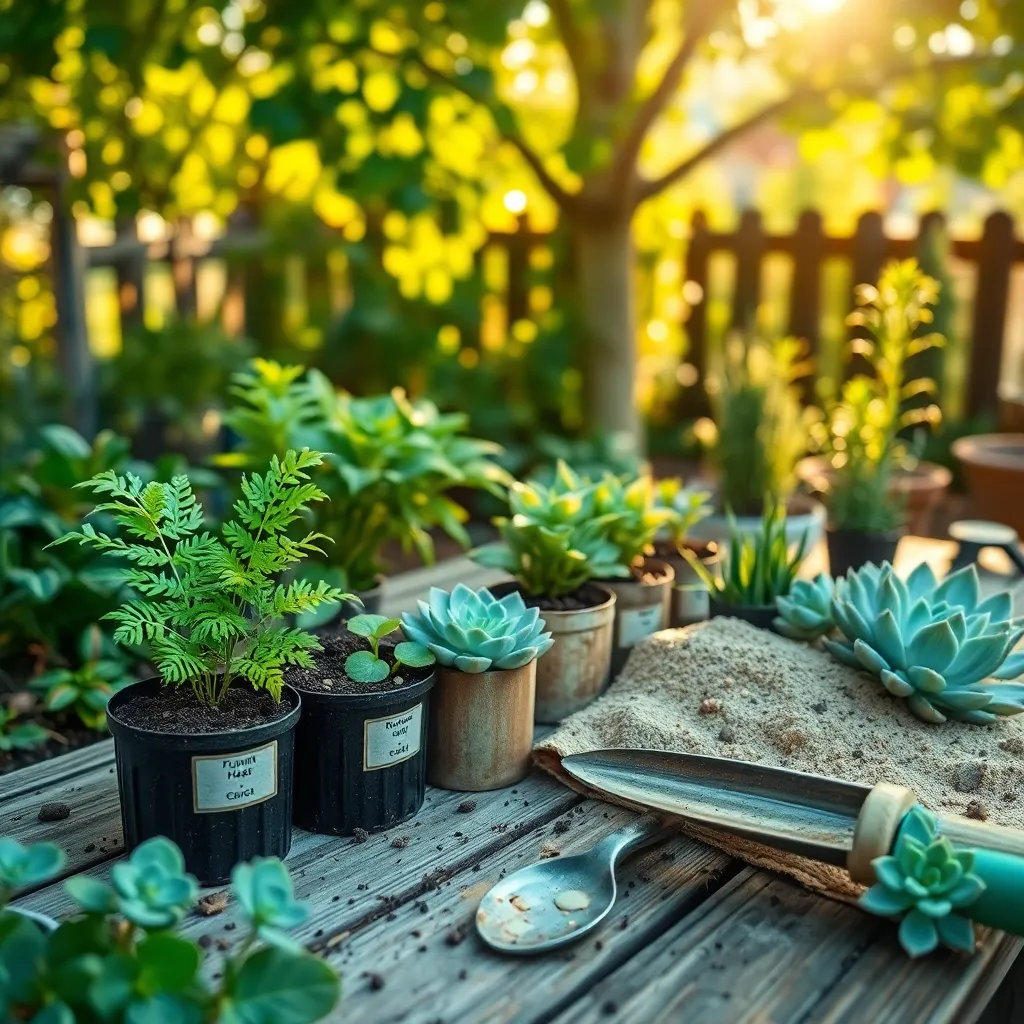
Choosing the right soil type is crucial for the success of your garden, as different plants thrive in different soil conditions. Understanding your plants’ specific needs can guide you in selecting the most suitable soil. For instance, succulents and cacti require sandy, well-draining soil to prevent root rot. On the other hand, plants like roses and vegetables prefer a rich, loamy soil that retains moisture but also allows excess water to drain away.
Before planting, consider the natural habitat of your chosen plants to mimic those conditions as closely as possible. For acid-loving plants like azaleas and blueberries, you’ll need a soil that leans more towards the acidic side, usually with a pH of around 4.5 to 5.5. Incorporating organic matter such as peat moss can help lower the soil pH to meet these requirements. Conversely, many vegetables and flowering plants thrive in neutral to slightly alkaline soils, which can be achieved by adding lime to your garden bed.
It’s also important to note the soil texture when selecting garden soil. Clay soils are dense and hold nutrients well but often struggle with drainage, making them suitable for moisture-loving plants like ferns. Amend clay soils with organic matter such as compost to improve drainage and aeration. Sandy soils, although well-draining, often lack nutrients and need regular enrichment with compost or well-rotted manure to provide a fertile growing environment for most plants.
Advanced gardeners might consider creating custom soil mixes to cater to specific plant needs. Mixing different soil types can optimize conditions for specialized plants, such as using a 50:50 blend of potting soil and perlite for orchids. For container gardening, selecting a high-quality potting mix designed for your specific plant type can make a significant difference in growth and health. This targeted approach ensures that your garden is not only beautiful but also thriving and productive.
Select Organic Matter-Rich Soil
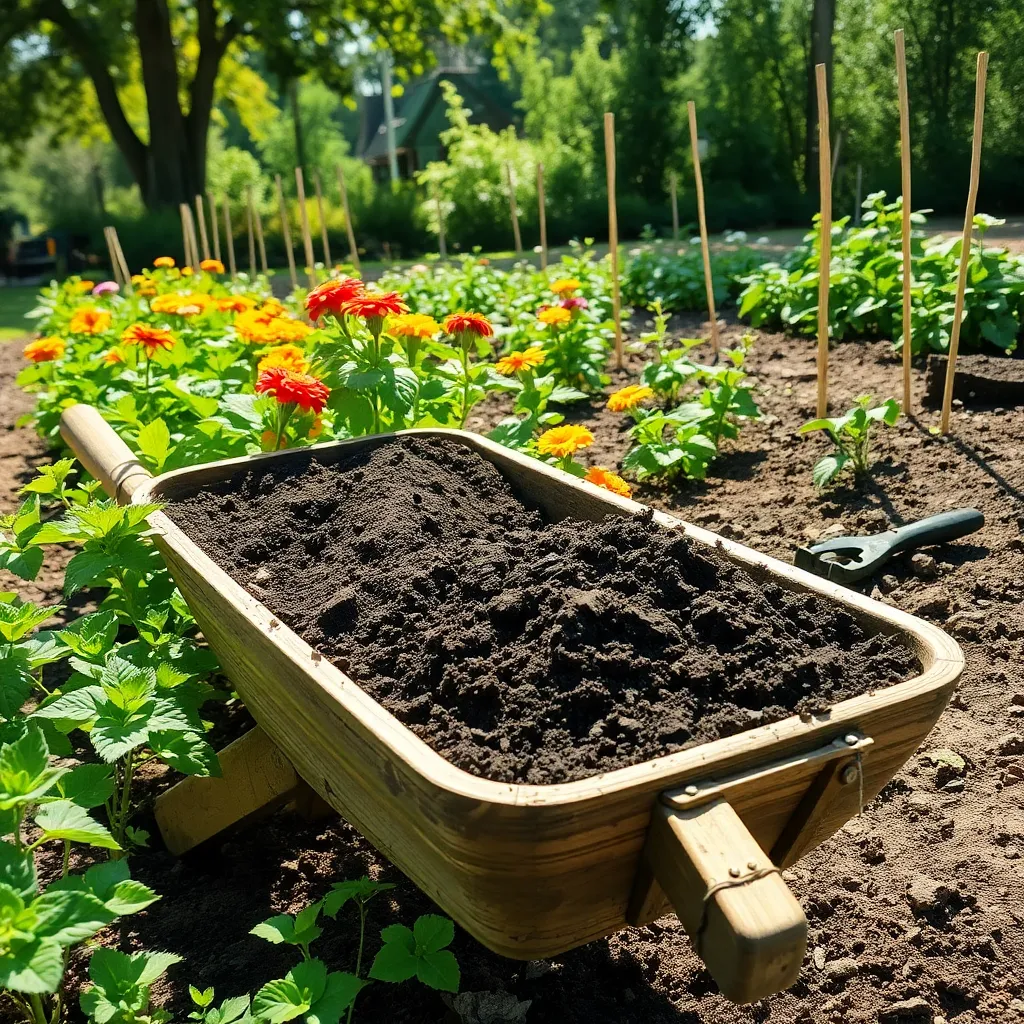
When selecting soil for your garden, it’s crucial to opt for one rich in organic matter, as this enhances soil fertility and structure. Organic matter, like compost and well-rotted manure, provides essential nutrients and improves moisture retention in the soil.
Incorporating organic matter into your soil can significantly benefit plant growth by promoting healthy root development. It’s advisable to regularly amend your garden soil with organic materials, especially before planting, to ensure a nutrient-rich environment.
For beginners, an easy way to boost organic content is by adding a layer of compost to the topsoil and gently working it in with a garden fork. Advanced gardeners might consider creating a dedicated composting area, which can supply a continuous source of organic matter throughout the year.
When choosing organic amendments, look for options that suit the specific needs of your plants. For example, leafy greens thrive in nitrogen-rich soils, so consider using composted plant materials or green manure to boost nitrogen levels.
Opt for Well-Draining Soil Mix
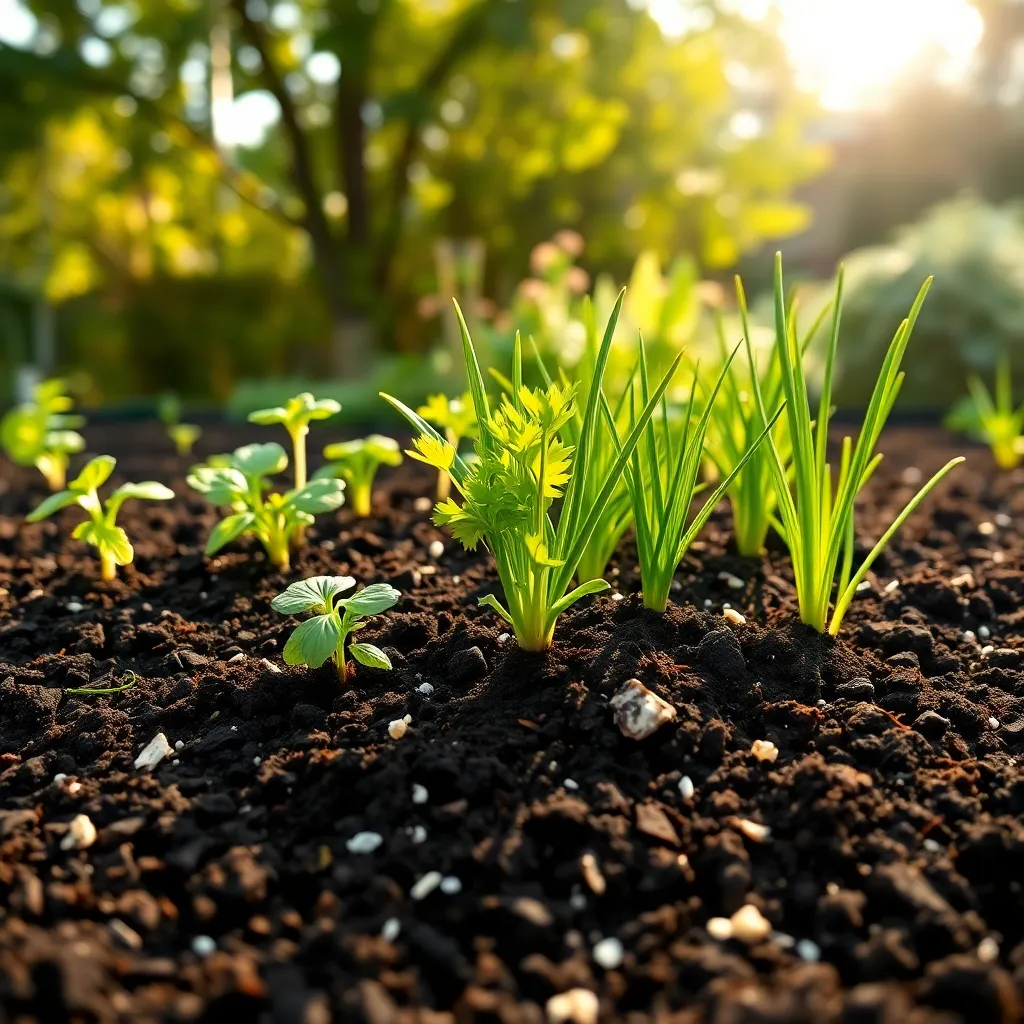
When choosing soil for your garden, it’s essential to opt for a mix that promotes good drainage. Well-draining soil prevents water from pooling around your plants’ roots, which can lead to root rot and other diseases.
A simple way to ensure your soil drains well is by incorporating materials like sand, perlite, or fine gravel. These components create spaces between soil particles, allowing water to flow freely and preventing compaction.
For those growing succulents or cacti, a specialized succulent soil mix is ideal. These mixes often include a higher percentage of coarse sand and perlite, which helps mimic the arid environments these plants thrive in.
To test your soil’s drainage, dig a hole about 12 inches deep and fill it with water. If the water drains in under an hour, your soil is well-draining. If it takes longer, consider amending with more perlite or sand to improve its structure.
Consider Local Climate Needs

Understanding your local climate is crucial when selecting garden soil, as it affects plant growth and soil performance. In regions with heavy rainfall, choose a soil mix with excellent drainage to prevent root rot and other water-related issues.
Conversely, in arid climates, you might need soil with better water retention to keep your plants hydrated. Soils with added organic matter like compost can help retain moisture, reducing the frequency of watering in dry areas.
For gardeners in temperate zones, it’s essential to have a balanced soil mix that can adapt to seasonal changes. Incorporate mulch into your soil strategy to moderate soil temperature and maintain moisture levels throughout the year.
Beginner gardeners should monitor local weather patterns to adjust their soil choices accordingly. Advanced gardeners may consider testing their soil’s pH and nutrient content to ensure optimal growing conditions tailored to their specific climate.
Conclusion: Growing Success with These Plants
In the journey of nurturing your relationship, much like choosing the right garden soil, the foundation you build is crucial. First, understanding the unique needs of your partner helps in selecting the right ‘nutrients.’ Second, communication acts as the ‘water’ that sustains growth. Third, setting boundaries is akin to ensuring the soil has the right ‘texture’ for healthy development. Fourth, adapting to change is similar to adjusting soil conditions for different seasons. Lastly, celebrating small wins is like enjoying the first bloom of your garden.
As an actionable next step, take a moment today to engage in a heartfelt conversation with your partner about one of these aspects. Discuss your needs, express gratitude, or plan a small celebration together.
Remember, the journey to a flourishing relationship is ongoing. Bookmark this article now to revisit these vital concepts and ensure you’re nurturing your bond with care and dedication. By taking these steps, you’ll cultivate a relationship that not only thrives today but blossoms beautifully in the future. With intention and love, your partnership can weather any season and continue to grow.

